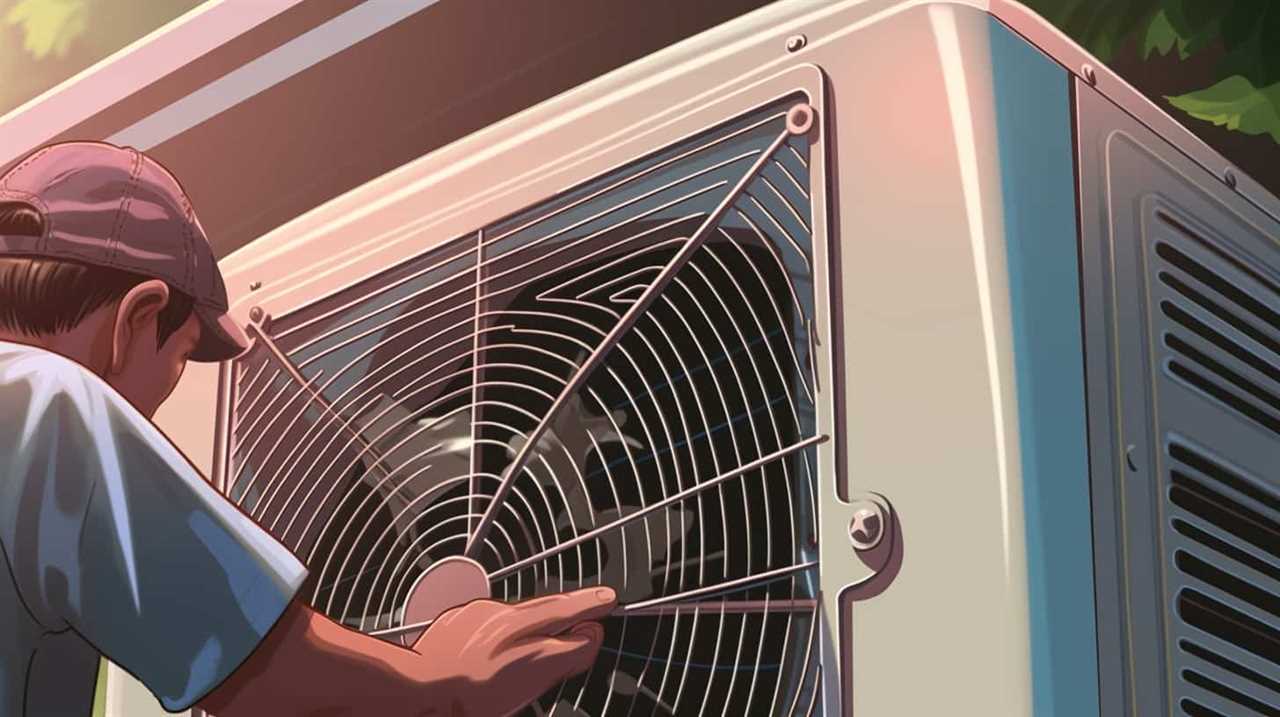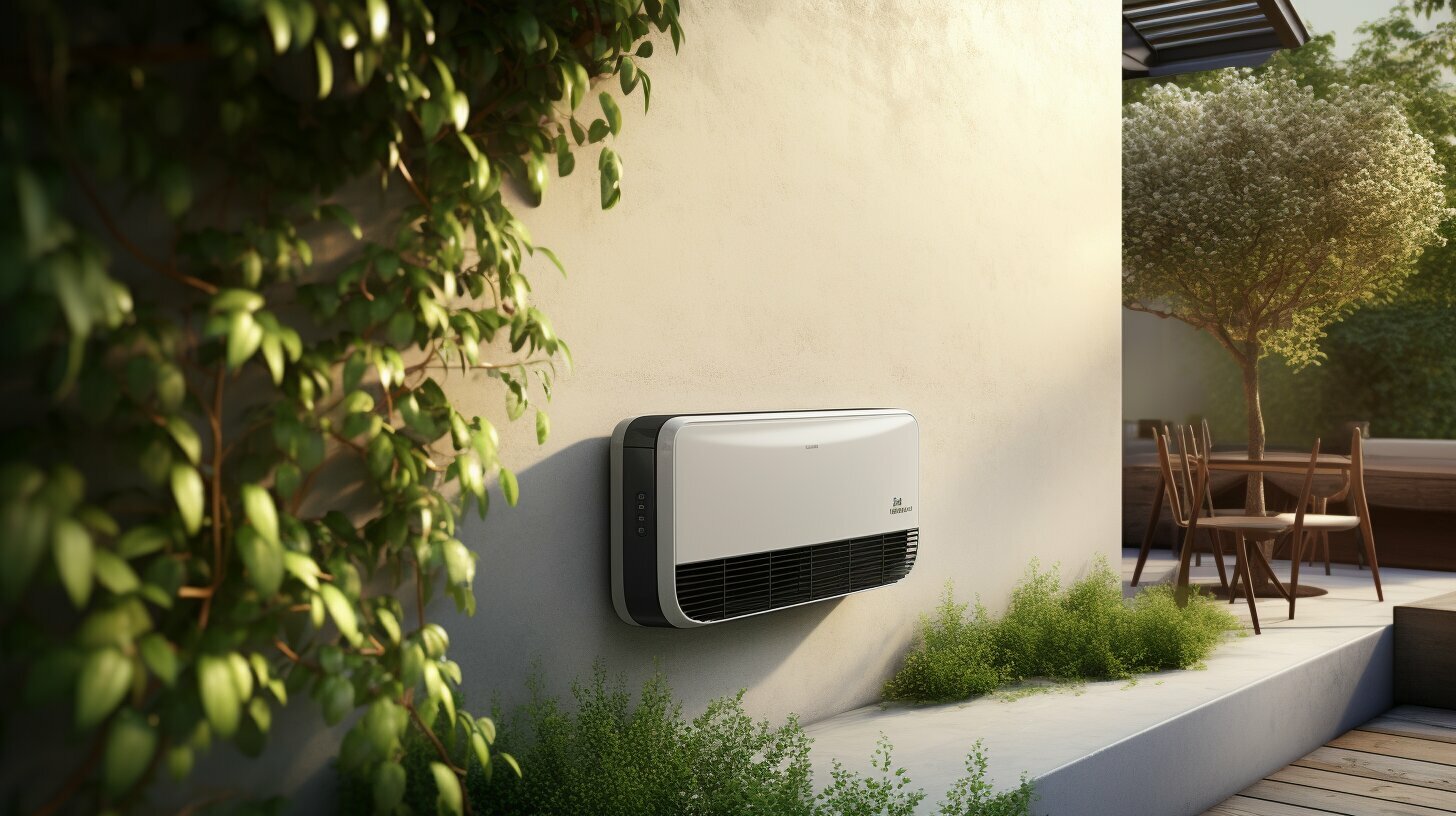Seeking to enhance energy efficiency and cut down on heating and cooling expenses? Rest assured, we have you covered.
In this article, we’ll dive into the cost analysis of geothermal heat pumps. With a focus on objective data and analysis, we’ll explore the following aspects:
- Initial investment costs
- Energy savings
- Incentives
- Operating and maintenance expenses
- Life cycle cost analysis
- Return on investment
- Financing options
- Environmental benefits
Get ready to master the economics of geothermal heat pumps and make an informed decision for your home or business.
Key Takeaways
- Geothermal heat pump systems have upfront costs ranging from $10,000 to $30,000, but these costs can be offset by significant energy savings over time.
- Homeowners can take advantage of tax incentives, rebates, and grants to further reduce the initial investment costs of installing geothermal heat pumps.
- Geothermal heat pumps are highly energy efficient and can save homeowners up to 70% in heating costs and up to 50% in cooling costs, resulting in substantial long-term savings.
- Geothermal heat pumps have lower operating and maintenance costs compared to traditional heating systems, leading to reduced expenses and longer system lifespan.
Initial Investment Costs
We have found that the initial investment costs for installing geothermal heat pumps can vary depending on the size and complexity of the system. When comparing alternatives, it’s important to consider both the upfront costs and the long-term savings.
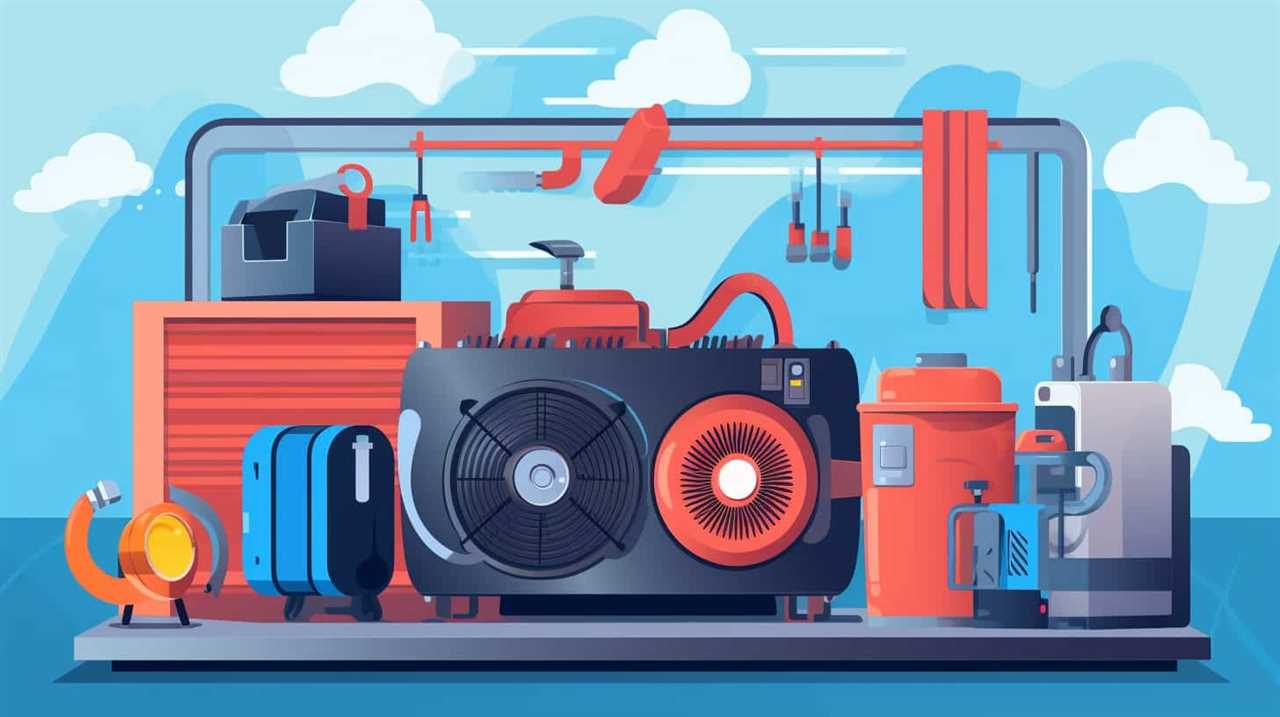
According to a study conducted by the U.S. Department of Energy, the average cost of installing a geothermal heat pump system ranges from $10,000 to $30,000. However, it’s crucial to note that these costs can be offset by significant energy savings over time. On average, homeowners can expect to save 30% to 60% on their heating and cooling bills by switching to geothermal heat pumps.
Additionally, many states offer tax incentives and rebates that can further reduce the initial investment costs. Therefore, when considering the initial investment costs, it’s essential to compare the long-term benefits and potential savings of geothermal heat pumps.
Energy Savings and Cost Reduction
By utilizing geothermal heat pumps, homeowners can achieve significant energy savings and cost reduction. These systems are highly energy efficient, allowing homeowners to reduce their energy consumption and lower their monthly utility bills. The energy efficiency of geothermal heat pumps is due to their ability to transfer heat from the ground to the home during the winter and vice versa during the summer. This reduces the need for traditional heating and cooling methods, resulting in substantial energy savings.
Additionally, geothermal heat pumps have a relatively short payback period. The payback period is the time it takes for the energy savings to offset the initial investment cost. With geothermal heat pumps, this period is typically between 5 to 10 years, making it a cost-effective choice for homeowners.

Ultimately, by installing geothermal heat pumps, homeowners can enjoy long-term energy savings and cost reduction.
Moving on to the next section, let’s explore the various federal and state incentives available for geothermal heat pump installations.
Federal and State Incentives
How can homeowners take advantage of federal and state incentives for installing geothermal heat pumps? Installing geothermal heat pumps not only offers energy savings and cost reduction, but it also provides homeowners with the opportunity to benefit from various federal and state incentives. These incentives are designed to encourage the adoption of renewable energy technologies and help offset the upfront costs of geothermal heat pump installations.
To illustrate the available incentives, we have provided a table below outlining some of the federal and state programs that homeowners can take advantage of:
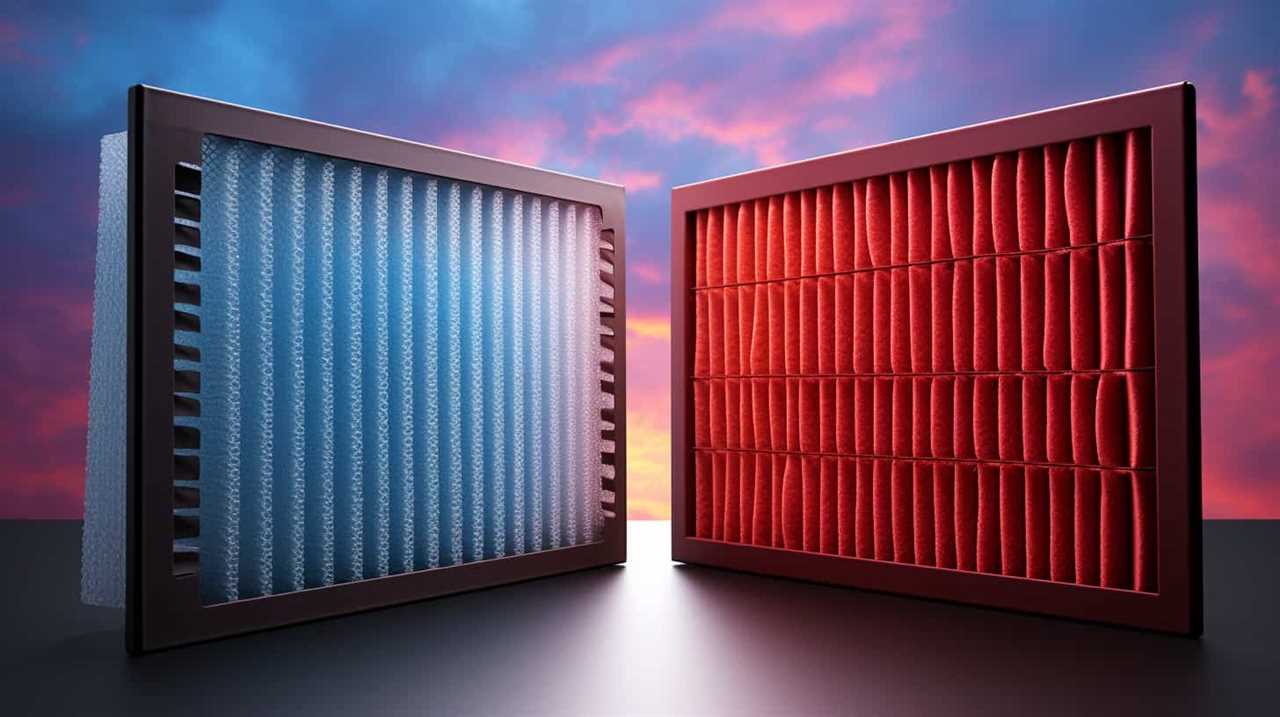
| Federal Incentives | State Incentives |
|---|---|
| Residential Renewable Energy Tax Credit | State Tax Credits |
| Federal Energy Management Program (FEMP) | Rebates and Grants |
| USDA Rural Energy for America Program (REAP) | Property Tax Exemptions |
Operating and Maintenance Costs
When considering the installation of geothermal heat pumps, it’s important to analyze the operating and maintenance costs associated with this technology.
One key point to consider is the potential for energy savings, as geothermal heat pumps are highly efficient and can significantly reduce heating and cooling expenses.
Additionally, the long-term cost benefits should be taken into account, as geothermal systems have a longer lifespan and require less maintenance compared to traditional heating and cooling systems.
Energy Savings Potential
We can achieve significant energy savings with geothermal heat pumps by reducing operating and maintenance costs. Geothermal heat pumps are a renewable energy solution that taps into the Earth’s natural heat to provide heating, cooling, and hot water for homes and buildings.

Here are three key reasons why geothermal heat pumps can lead to energy savings:
-
Efficiency: Geothermal heat pumps are highly efficient, with some systems achieving a coefficient of performance (COP) of 4 or higher. This means that for every unit of energy consumed by the system, it can produce four or more units of heat or cooling energy.
-
Reduced electricity consumption: Geothermal heat pumps use electricity to operate, but they require less electricity compared to traditional heating and cooling systems. This can result in significant energy savings over time.
-
Longer lifespan and lower maintenance: Geothermal heat pumps have a longer lifespan compared to conventional systems, which can reduce the need for frequent repairs or replacements. This can lead to lower maintenance costs and further energy savings.
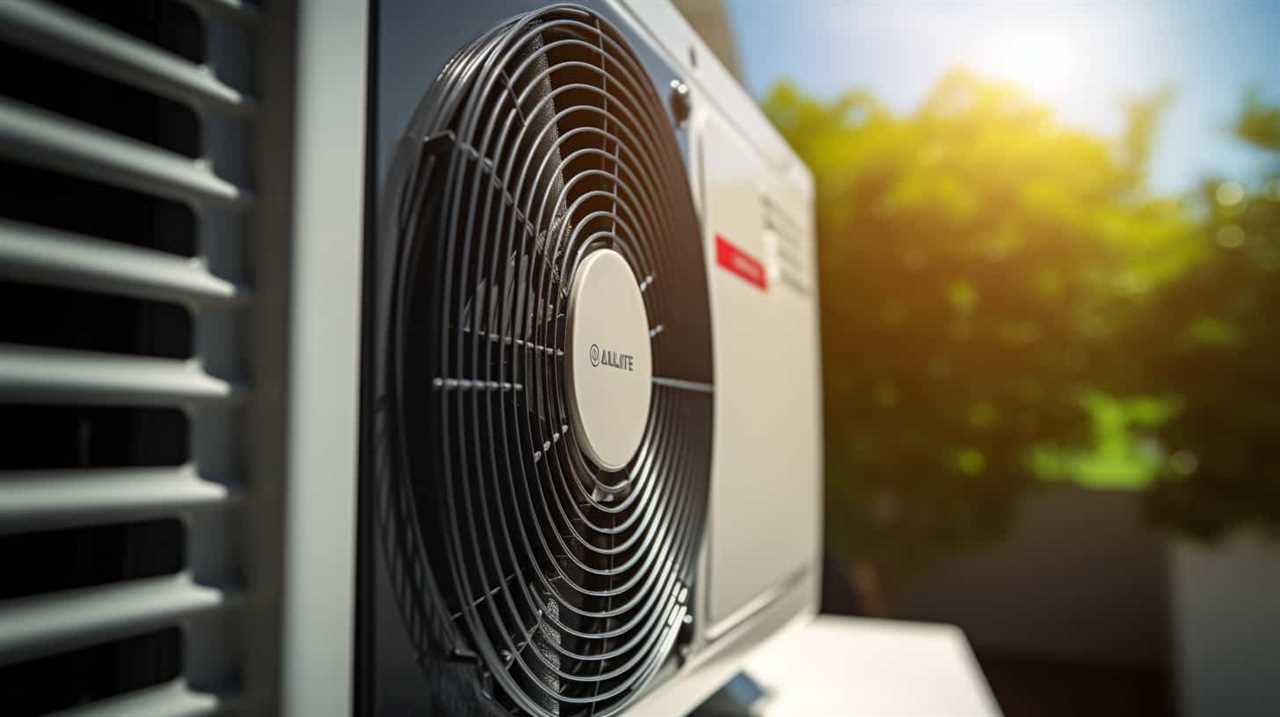
Long-Term Cost Benefits
Geothermal heat pumps offer significant long-term cost benefits through reduced operating and maintenance expenses. These systems are known for their energy efficiency advantages, which result in lower monthly utility bills. According to a study conducted by the U.S. Environmental Protection Agency, geothermal heat pumps can save homeowners up to 70% in heating costs and up to 50% in cooling costs compared to traditional HVAC systems. This translates to substantial long-term savings.
Additionally, geothermal heat pumps have a longer lifespan than conventional HVAC systems, reducing the need for frequent repairs and replacements. This not only saves money but also minimizes the long-term environmental impact associated with manufacturing and disposing of HVAC equipment.
Life Cycle Cost Analysis
When considering the installation of geothermal heat pumps, it’s important to conduct a life cycle cost analysis.
This analysis allows us to compare the upfront costs of installing a geothermal heat pump system with the long-term energy savings it offers.

Comparing Upfront Costs
Our analysis reveals that the initial investment for geothermal heat pumps may seem high, but the long-term savings make it a cost-effective choice. When comparing upfront costs, it’s important to consider the following:
-
Upfront expenses: Geothermal heat pump systems typically have higher upfront costs compared to traditional heating and cooling systems. This is mainly due to the cost of drilling or excavating for the installation of the ground loop system.
-
Installation fees: The installation process for geothermal heat pumps requires specialized equipment and expertise, which can contribute to higher installation fees. However, it’s important to note that these costs can vary depending on factors such as the size of the property, accessibility, and local labor rates.
-
Return on investment: Despite the higher upfront costs, geothermal heat pumps offer significant long-term savings. This is because they’re highly energy-efficient, resulting in lower utility bills over time. Additionally, the lifespan of geothermal heat pumps is longer compared to traditional systems, further reducing maintenance and replacement costs.

Considering these factors, geothermal heat pumps prove to be a wise investment in terms of both upfront costs and long-term savings.
Long-Term Energy Savings
By carefully analyzing the life cycle cost, we can determine the long-term energy savings of installing geothermal heat pumps.
Geothermal heat pumps are renowned for their energy efficiency and use of renewable energy sources. These systems utilize the consistent temperature of the earth to provide heating and cooling throughout the year. Unlike traditional heating and cooling systems, geothermal heat pumps don’t rely on fossil fuels and can significantly reduce energy consumption. According to studies, geothermal heat pumps can reduce energy usage by 25% to 50% compared to conventional systems.
This translates to substantial long-term energy savings for homeowners and businesses. Additionally, geothermal heat pumps have a lifespan of 20 to 25 years, further contributing to their cost-effectiveness and sustainability.

Investing in geothermal heat pumps not only benefits the environment but also provides a reliable and efficient solution for long-term energy savings.
Return on Investment
The return on investment for installing geothermal heat pumps can be significant. When conducting an ROI analysis, it’s important to consider the payback period of the investment. Here are three key factors to consider:
-
Energy Savings: Geothermal heat pumps can significantly reduce energy consumption and lower utility bills. The long-term energy savings can contribute to a faster payback period.
-
Tax Incentives: Many governments offer tax incentives and rebates for installing geothermal heat pumps. These incentives can help offset the initial installation costs and improve the return on investment.

-
Increased Property Value: Installing geothermal heat pumps can increase the value of your property. This means that if you decide to sell your home in the future, you may be able to recoup some or all of the initial investment.
Considering these factors, investing in geothermal heat pumps can provide a substantial return on investment in the long run.
Financing Options
We have several financing options available for homeowners looking to install geothermal heat pumps. These financing options provide homeowners with the opportunity to offset the upfront costs of installing a geothermal heat pump system.
One common financing option is through loan programs specifically designed for energy-efficient home improvements. These loan programs offer favorable terms, such as low-interest rates and longer repayment periods, making it easier for homeowners to afford the upfront costs.
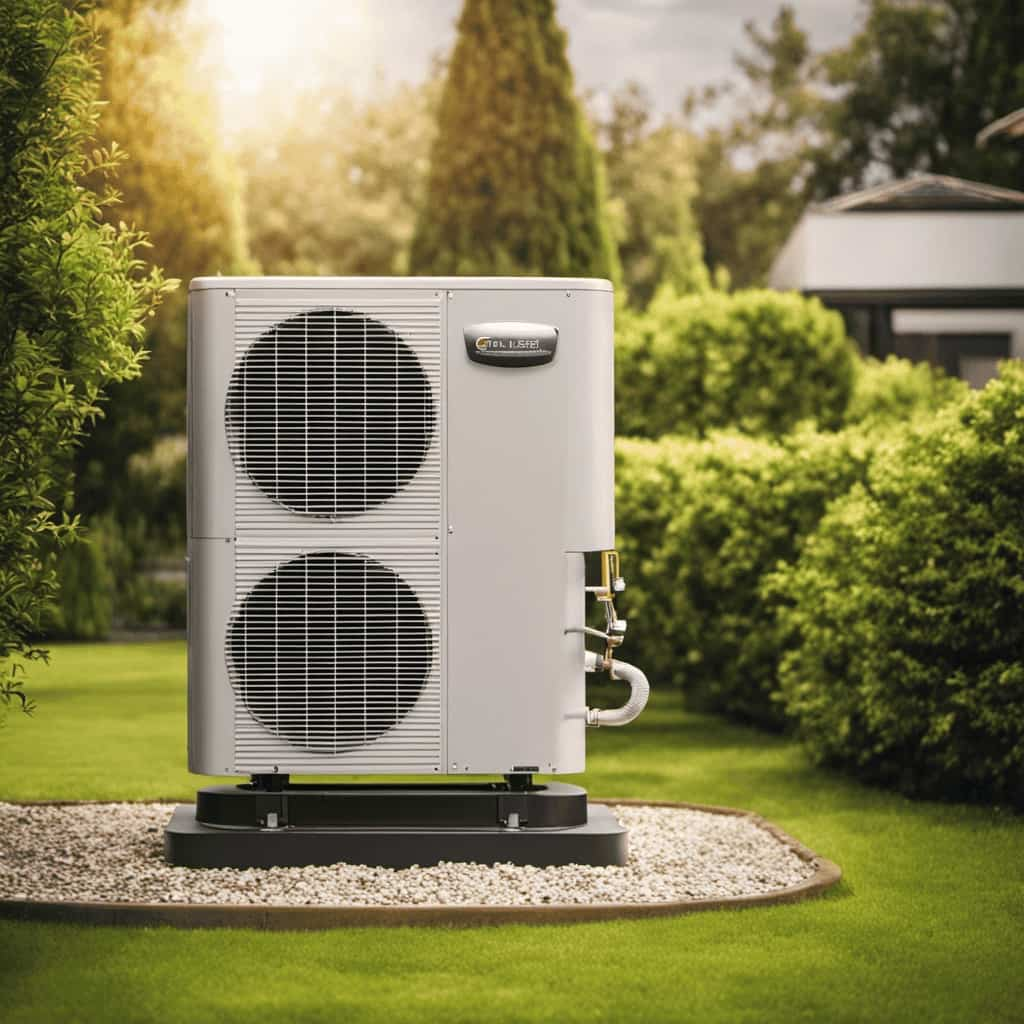
Additionally, some financing options may offer incentives or rebates to further reduce the overall cost of installing a geothermal heat pump system.
It’s important for homeowners to carefully evaluate and compare the different financing options available to determine which one best suits their financial situation and long-term goals.
Environmental Benefits
Our geothermal heat pumps offer numerous environmental benefits. They reduce greenhouse gas emissions and lower reliance on fossil fuels. By using the natural heat from the earth, geothermal systems produce less air pollution compared to traditional heating and cooling methods. This reduction in air pollution improves overall air quality and minimizes negative impacts on human health and the environment.
Additionally, geothermal heat pumps have a significantly lower carbon footprint compared to conventional systems. They require less energy to operate, resulting in reduced energy consumption. This, in turn, translates into lower greenhouse gas emissions. By helping combat climate change and mitigate its effects, geothermal heat pumps contribute to a more sustainable future.

Installing geothermal heat pumps is an effective way to reduce environmental impact and promote sustainability in the heating and cooling industry.
Frequently Asked Questions
How Long Does It Typically Take to Recoup the Initial Investment Cost of Installing a Geothermal Heat Pump System?
Typically, it takes several years to recoup the initial investment cost of installing a geothermal heat pump system. However, the efficient operation and cost savings of geothermal heat pumps make them a worthwhile long-term investment.
Are There Any Specific Maintenance Tasks That Need to Be Regularly Performed on Geothermal Heat Pump Systems?
Regular maintenance tasks for geothermal heat pump systems include checking and cleaning filters, inspecting and lubricating fans and motors, and monitoring refrigerant levels. Proper geothermal heat pump system maintenance ensures optimal performance and longevity.
What Are the Potential Environmental Benefits of Using Geothermal Heat Pumps?
Geothermal heat pumps offer significant environmental benefits. They are highly energy efficient, reducing carbon emissions and dependence on fossil fuels. Additionally, they utilize a renewable energy source, making them a sustainable choice for heating and cooling systems.
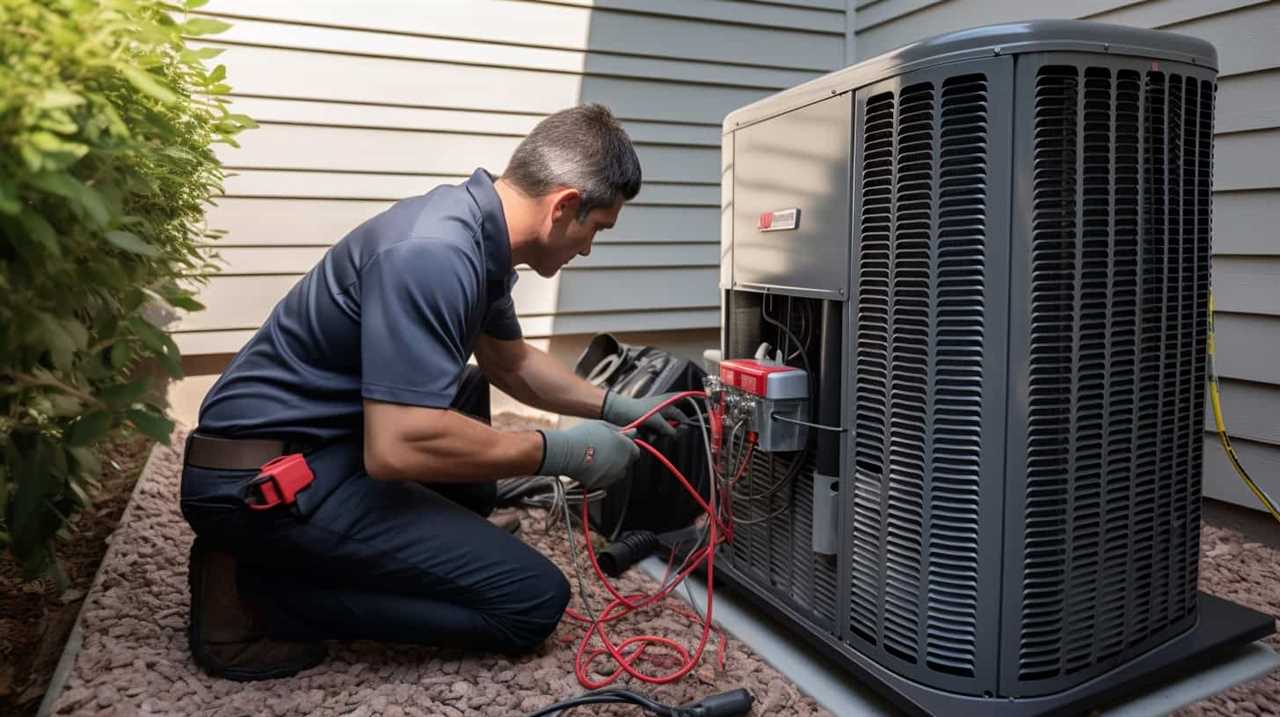
Are There Any Limitations or Restrictions on the Installation of Geothermal Heat Pump Systems in Certain Areas?
Limitations and restrictions exist on the installation of geothermal heat pump systems in certain areas. These may include geological factors, such as the availability of suitable ground or water sources, as well as regulatory requirements and local building codes.
Can Geothermal Heat Pumps Be Used in Both Residential and Commercial Buildings, or Are They Better Suited for One Type of Property?
Geothermal heat pumps can be used in both residential and commercial buildings, but their energy savings may vary. Comparing the energy savings of geothermal heat pumps in residential vs commercial properties requires an objective, analytical, and data-driven approach.
Conclusion
In conclusion, installing geothermal heat pumps may seem like a costly investment at first. However, when considering the long-term energy savings, available incentives, and minimal operating and maintenance costs, it becomes clear that the benefits outweigh the initial expenses.
Plus, the added bonus of reducing our carbon footprint and contributing to a greener future is simply priceless. So why not embrace the irony of spending money to save money and the environment? It’s a win-win situation!
